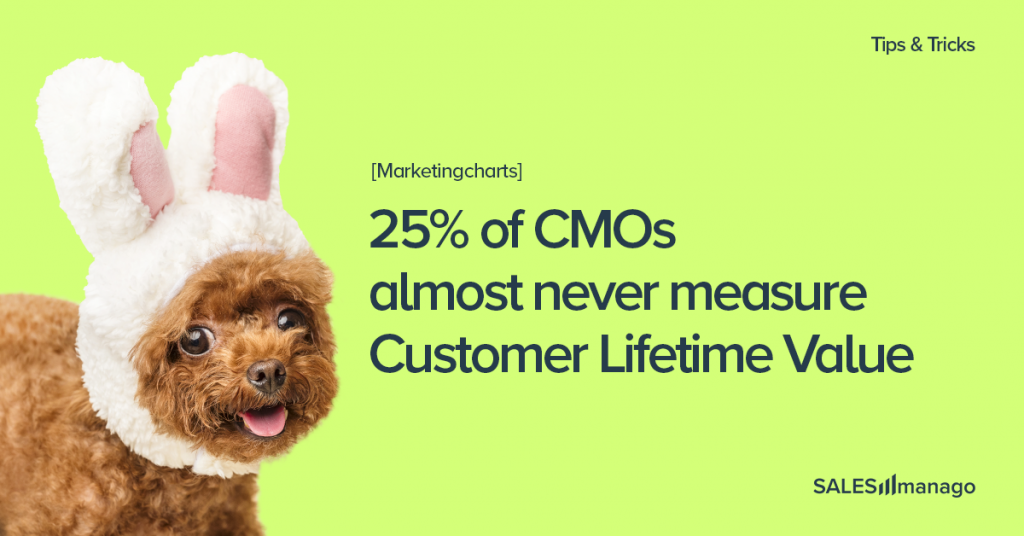
Increasing Customer Lifetime Value is one of the most efficient ways to boost revenue. After all, the customer we already have costs us much less than the one yet to be converted. In this article, we will show you four scenarios in which you can intelligently utilize a Customer Engagement Platform to provide customers with more value and make more money in the process.
Is There a Problem With CLV in eCommerce?
CLV is undoubtedly one of the essential metrics for an eCommerce business. Putting proper care into CLV more than pays off by revealing the full potential of the customer. This means that eCommerce marketing teams should have mastered growing this metric by now.
In reality, CLV proves to be a very difficult metric to grow in this day and age. And we know this from the best possible source—our customers. Having heard so much about the problems our customers encounter while honing this metric, we decided to share a couple of scenarios that could be very useful for growing CLV in various situations.
Four Scenarios to Boost CLV
After purchase
Make hay while the sun shines. Right after the purchasing decision, satisfied with the smooth checkout process, the customer may be keen to leave their wallet open for a bit longer. How long after the purchase? This should not be a matter of guessing.
How specifically?
In the time after purchase, specified based on data from predictive analytics, specifically the average time between customer purchases, the customer receives an e-mail with product recommendations matched 1-to-1 to his profile 360. For contacts unsubscribed from the newsletter, you can send a web push or SMS. In automation, we distribute communication between users who subscribe to the loyalty program.
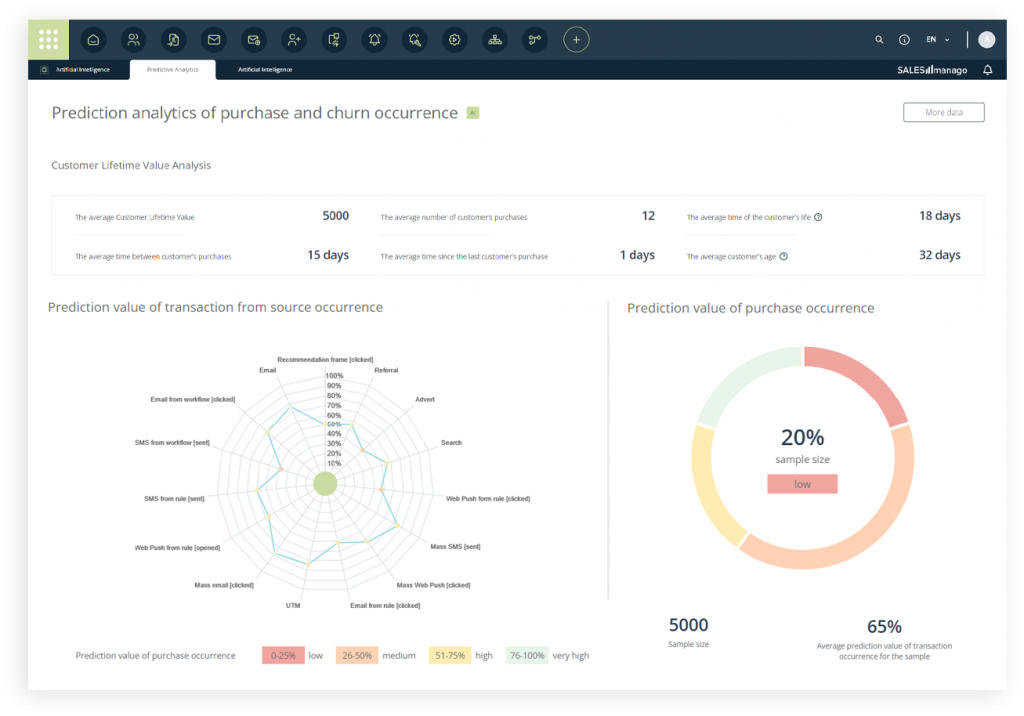
Customers who have decided to participate in the program can be rewarded with a discount on purchases in the online store.
On the other hand, customers who have decided not to participate in the program are segmented in a funnel, so you can periodically stimulate them to join the program and make a purchase.
In the process of educating a customer
People tend to invest more in relationships when they understand their partner and share values. Most top brands share their stories with customers. However, this type of communication should be kept two-way. The customer data you will gather in the process will enable you to accurately personalize content and offers.
How specifically?
After adding a contact to the subscriber base—registration/subscription to the newsletter—the user will receive a series of e-mails. They will consist of a welcome e-mail, and in the next stages, you will provide information about the history of the brand. In the welcome campaign, users will also receive an invitation to the loyalty program and the Customer Preference Center (CPC).
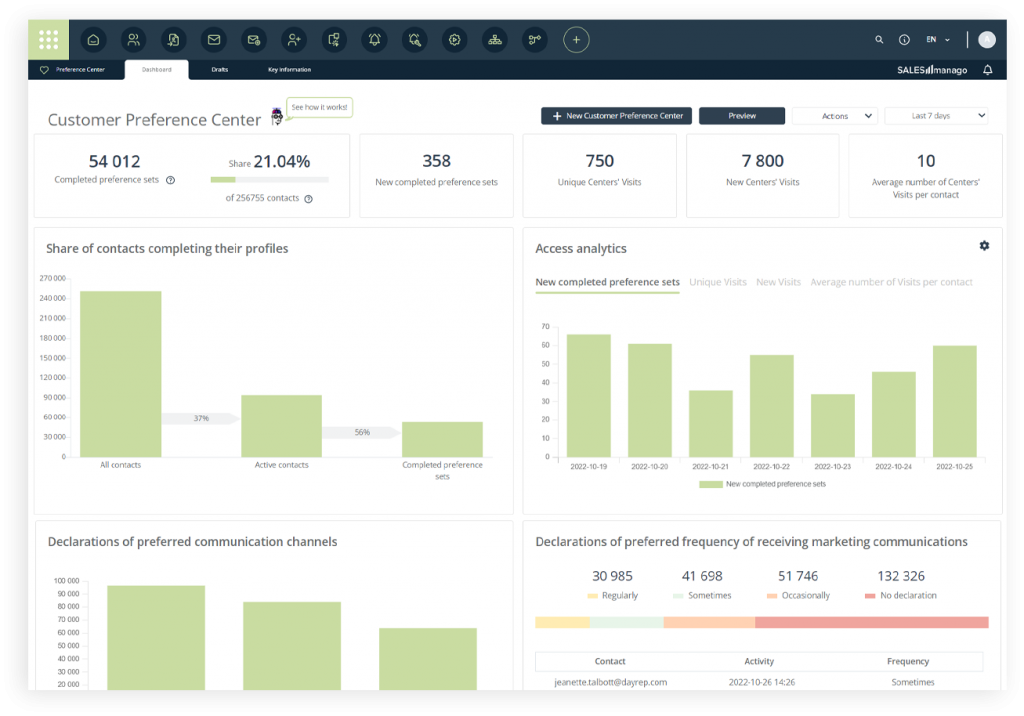
The mere entry into the program or leaving the data in the CPC involves the acquisition of valuable zero-and first-party data that will allow us to accurately personalize the content and recommendations sent to customers.
You can segment the contacts on each of them in a funnel. A good solution would be to send an e-mail with a discount code for contacts who have not made their first purchase.
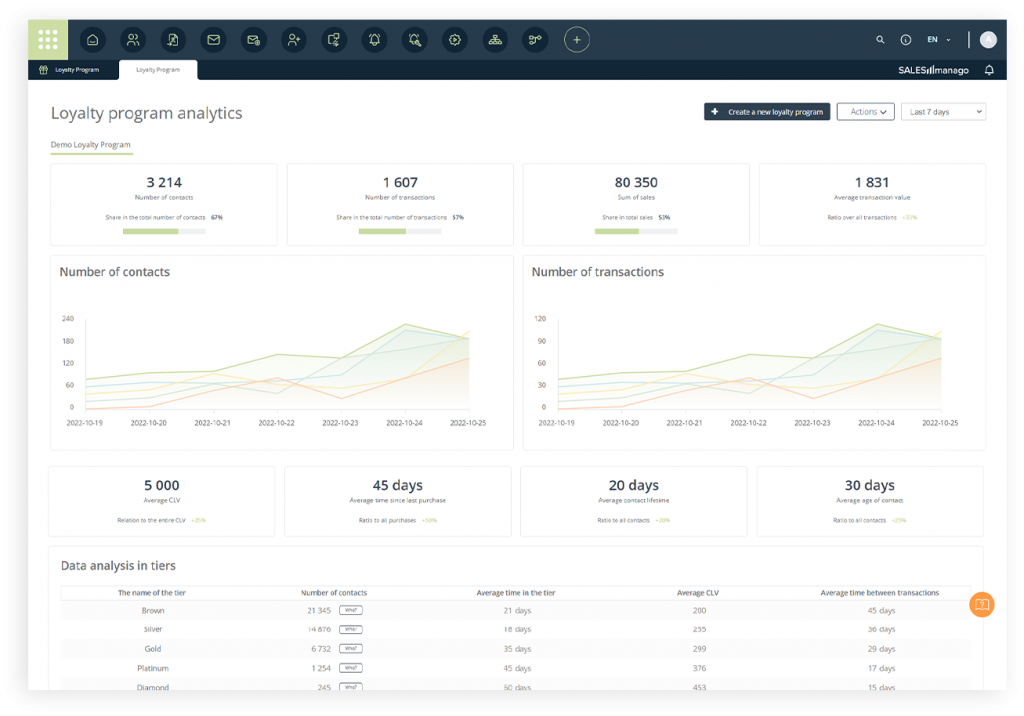
When you survey customers
Conducting a satisfaction survey provides you with great opportunities to know your customers better, convert happy customers into active promotors, and collaborate with critics to make a product or service better. A promotor and a critic are engaged people. Engaged people care for the brand, each in their own right, and when they see that their opinion makes a difference, they will not only buy more from a brand, but they will also trust such a brand more when they have to decide about a more costly, riskier purchase.
How specifically?
A few days after their purchase, the user receives an e-mail with the NPS survey. As a result, you can select promoters and critics of the services or products provided. You offer promoters an opportunity to participate in a loyalty program and get feedback from critics about what went wrong with their purchases.
Promoters who have decided to participate in the program receive bonuses for purchases in an online store. Promoters who have decided not to participate in the program are assigned to the funnel, cyclically stimulating them to make further purchases.
You can collect feedback from critics in the form of predefined surveys and start repairing the future user experience from the defects and weaknesses that tend to appear most often.
Criticisms from whom we did not receive feedback are assigned to a churn funnel in which the user experience repair scenario is implemented.
When you activate inactive users
There is no growth more spectacular than growth from zero. Inactive customers are actually the best candidates with whom to work on CLV. These customers are already in your database; you don’t have to spend money to acquire them. And there is probably a reason why they stay dormant. Such a reason may be, well … that somebody else is right now actively appealing to their needs with great accuracy and effect.
How specifically?
You send your message via the preferred channel—e-mail, mobile, or web push—to contacts who have not visited the website for several days. In the case of e-mail communication, we advise the use of a mechanism for downloading products that the user has recently been interested in, as well as similar product recommendations.
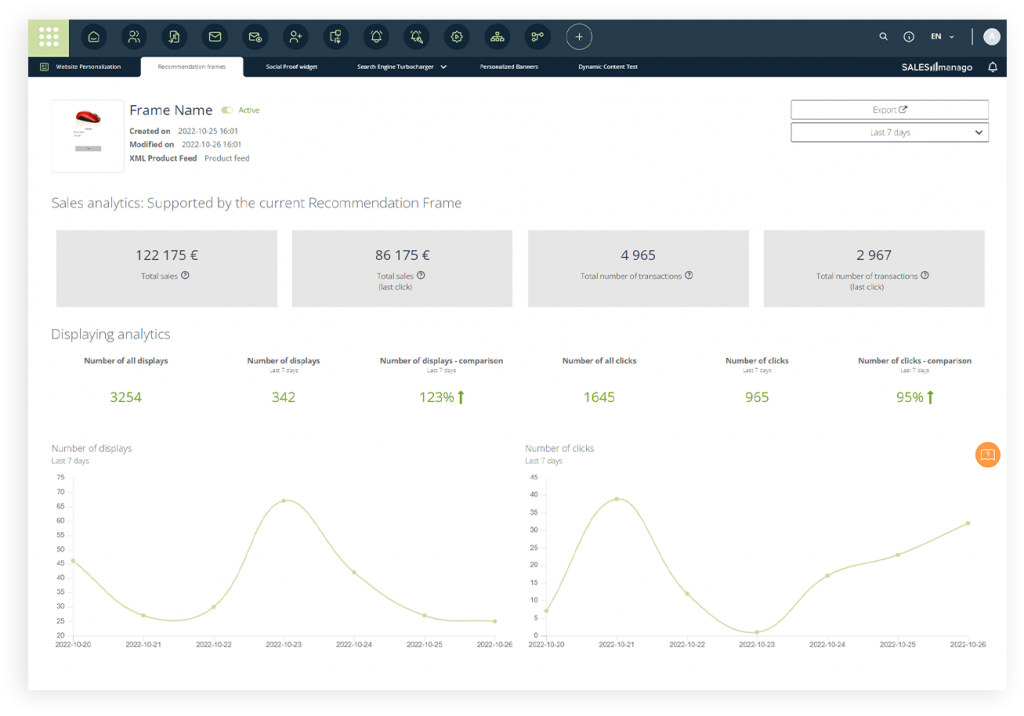
Contacts that reacted to such communication and returned to the site are then segmented in the funnel. For inactive contacts, we repeat the communication. A good incentive would be to send a discount code.
The Utmost Importance of a Proactive Attitude Toward CLV in Times of Recession
Customer acquisition costs are now extremely high, and with the competition getting more and more aggressive and desperate, they will only get higher. Although people are still spending, we already see a forecast of negative growth. Customers are not only switching brands and retailers more often but are now keener to mix eCommerce with stationary stores.
Honing CLV in this situation helps eCommerce revenue in two ways.
First, this lifespan may now be considerably shorter than it was before the 2020–2022 turmoil. It is imperative to unveil the full potential of customers while they are still with us.
A second, less cynical, and, in the long run, more constructive reason is that CLV walks hand in hand with trust and engagement in the brand. Trust is the main factor in keeping customers with you in times of recession, thus increasing their loyalty. Loyalty, in turn, makes customer lifetime more robust.
Turning your customer base into a community will help you endure together. Just remember the Customer Intimacy principle.
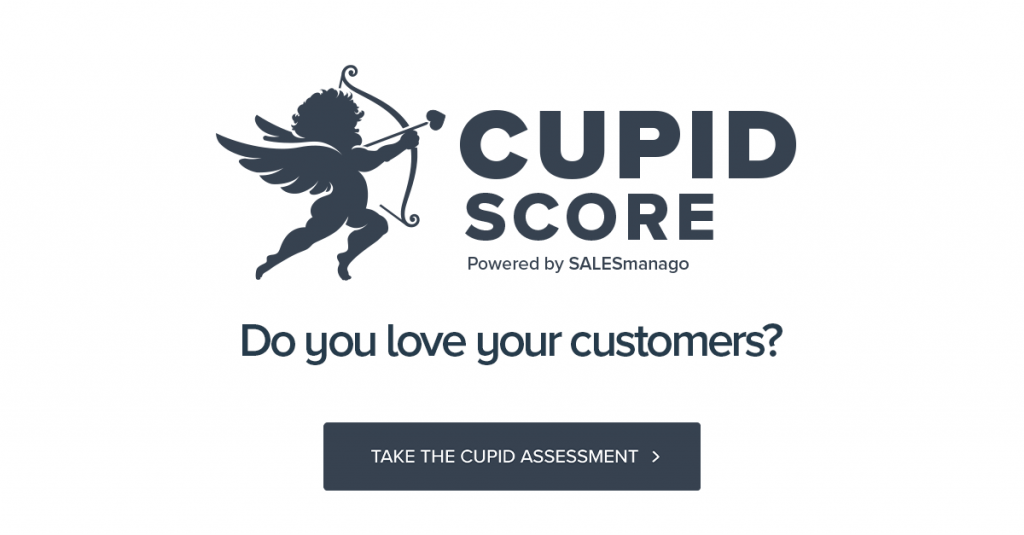
 Follow
Follow
















